Held on November 6 in New York, Nocturne Immersion (link) marked a new step in Villa Albertine‘s strategy to support immersive creation and transatlantic ties between France and the United States. Designed with Dark Euphoria, the program was part of Novembre Numérique, a global initiative by the Institut français dedicated to digital cultures.
Between professional discussions, round tables, and performances, the event offered an overview of augmented live performance, bringing together artists, producers, and American institutions with a common goal: to better understand the challenges of distributing and producing these new art forms.
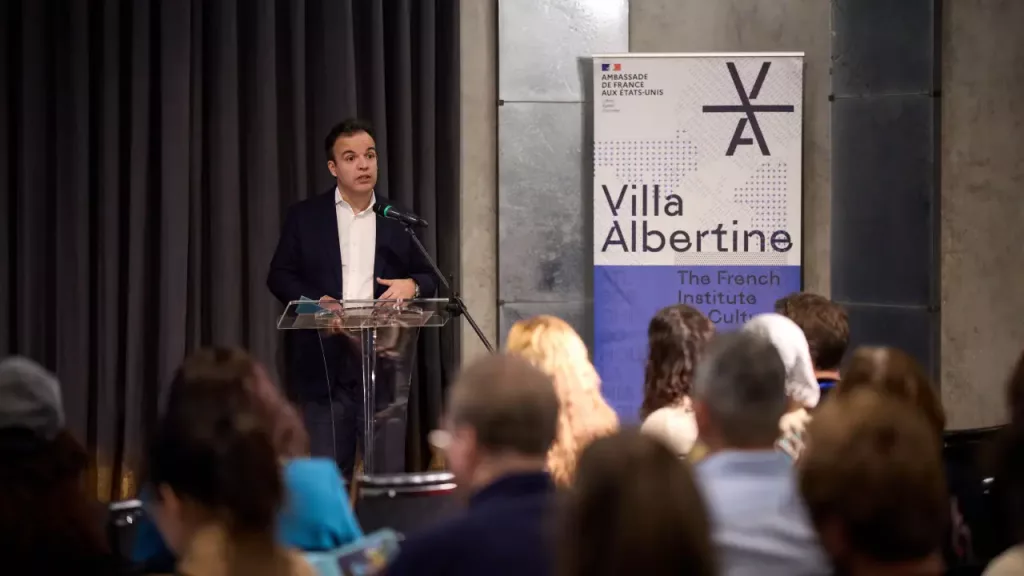
Building bridges between French artists and American institutions
“Immersive technology is not a separate bubble, but already a reality for many American institutions,” says Camille Jeanjean, New Media Manager at Villa Albertine. Since 2021, the organization has been developing a series of residencies, grants, and cooperation programs to support French artists in the United States, notably through French Immersion Grants designed to encourage American institutions to program French immersive works.
Nocturne Immersion was part of this ongoing effort: to provide a setting for French creators and American cultural partners to meet. According to Jeanjean, the challenge was to create opportunities “where artists and programmers could have meaningful discussions about production and distribution conditions, rather than just presenting works.”
Villa Albertine’s 2026 French Immersion grant winners (link)
- New York City / Lincoln Center for the Performing Arts (PLAYING WITH FIRE)
- Floride / MAD Arts (LILITH.AEON)
- San Francisco / Gray Area (UNNATURAL – OF HUMUS AND ARTIFACT)
- New York City / Onassis ONX (KATABASIS)
A hybrid format: professional time and artistic openness
Designed in collaboration with Dark Euphoria, a Marseille-based organization that runs the SVSN (Spectacle Vivant, Scènes Numériques) meetings in Avignon, the New York event followed a similar principle: combining reflection and experimentation. “Our role was not to export SVSN, but to adapt a method: to create dialogue between disciplines and make the real conditions of production visible,” explains Marie Point, director of Dark Euphoria.
The day was structured around professional meetings between artists and representatives of New York institutions such as Lincoln Center and Onassis ONX Studio, followed by a public evening event at Villa Albertine. The event featured a round table discussion entitled Crossing Realities – Opportunities and Challenges in Immersive Performing Arts and a performance by NSDOS, a musician and choreographer who explores the links between data, movement, and sound.
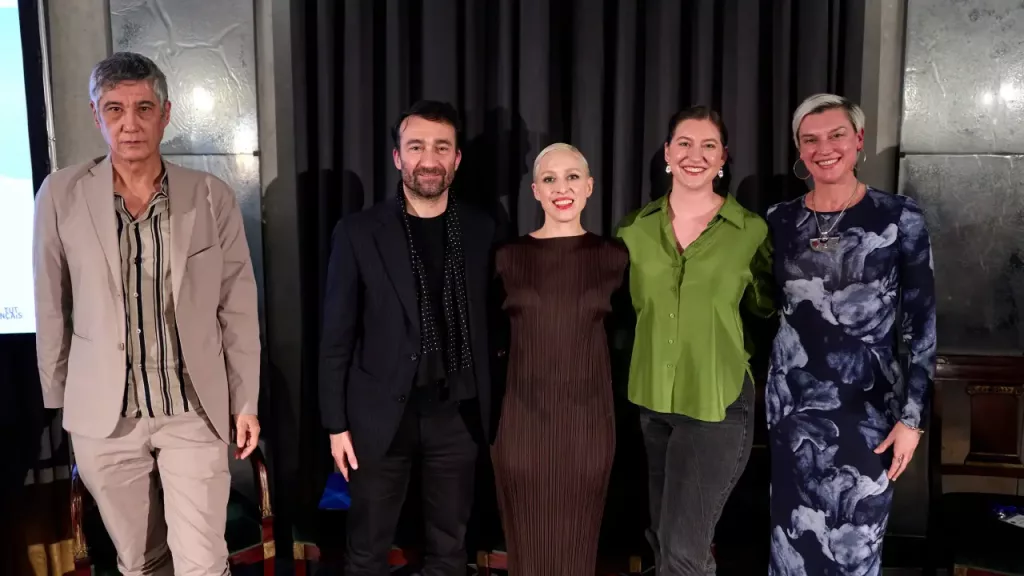
A space for exchange rather than a showcase
The round table brought together several partners: Chaillot – Théâtre national de la Danse, VIVE Arts, Lincoln Center, alongside artists and technicians involved in immersive creation. Discussions focused on the production and hosting arrangements for this type of project, which are often complex to set up and present.
The speakers emphasized the need to share common protocols: clear technical documentation, anticipation of mediation, maintenance, and accessibility for audiences. The debate also highlighted the difficulty of rotating works that require heavy or costly equipment, as well as the need for international cooperation to pool resources.

Villa Albertine – 2026 New Media winners (lien)
- San Francisco / Holly Herndon & Mat Dryhurst
- Boston / Béatrice Lartigue
An iconic performance by NSDOS
The decision to program NSDOS (Kirikoo Des) was in line with Villa Albertine’s ongoing work with artists who explore the relationship between the body, data, and technology. His performance, presented as a work in progress, offered an experience at the crossroads of dance and digital composition. This artistic moment was less about showing a “finished product” than about embodying the experimental approach that connects artists and institutions around these new forms of expression.
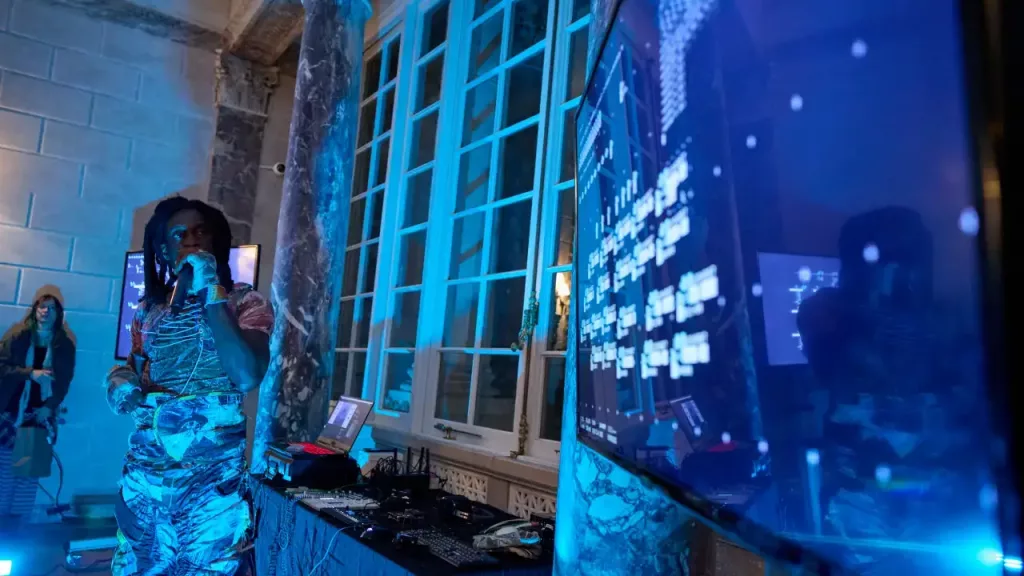
Concrete exchanges for future cooperation
Beyond the evening event, Nocturne Immersion above all provided an opportunity to open substantive discussions on possible forms of support for French artists in the United States. The idea is to create lasting bridges with American institutions that are showing growing interest in immersive practices, while recognizing the specific constraints of the performing arts field.
On the French side, these meetings provide a real working environment for addressing the issue of distribution, which is often overlooked in creative support initiatives. They also help to identify partners capable of hosting hybrid formats: virtual reality works, interactive installations, and technological performances.
A progressive and collaborative approach
For Marie Point, these meetings primarily serve as a catalyst. “Projects combining performance and digital creation are long and complex to develop, and often difficult to circulate. For them to truly exist, it is necessary to get to know each other, exchange ideas, and understand the production and distribution processes on both sides. By creating targeted networking opportunities in small groups, Nocturne Immersion lays the groundwork for a common ground between artists, producers, and institutions, from which lasting collaborations between France and the United States can emerge.
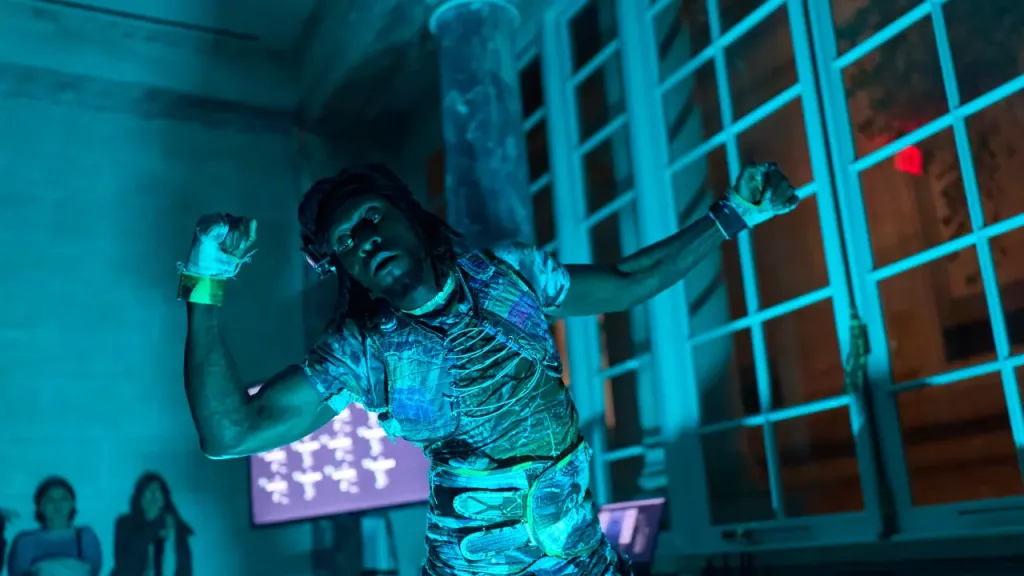
A long-term endeavor
Villa Albertine plans to extend the Nocturne cycle to other American cities in order to continue exploring these collaborations. The idea is not to multiply events, but to build a sustainable network between creative venues and institutional players. These initiatives are part of the broader dynamic of the Institut français, which, through Novembre Numérique, supports the circulation of works and expertise in the digital and immersive field.
For both partners, Nocturne Immersion is not intended to be a one-off showcase, but rather a stepping stone: a space where issues of production, distribution, and mediation can be discussed collectively, striking a balance between artistic experimentation and the structuring of the sector. We look forward to the next edition in the fall of 2026.
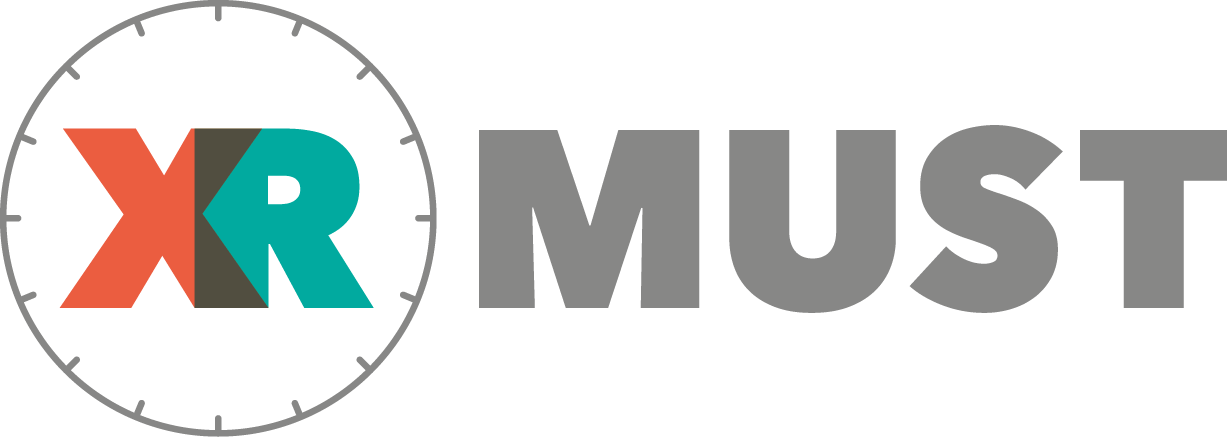
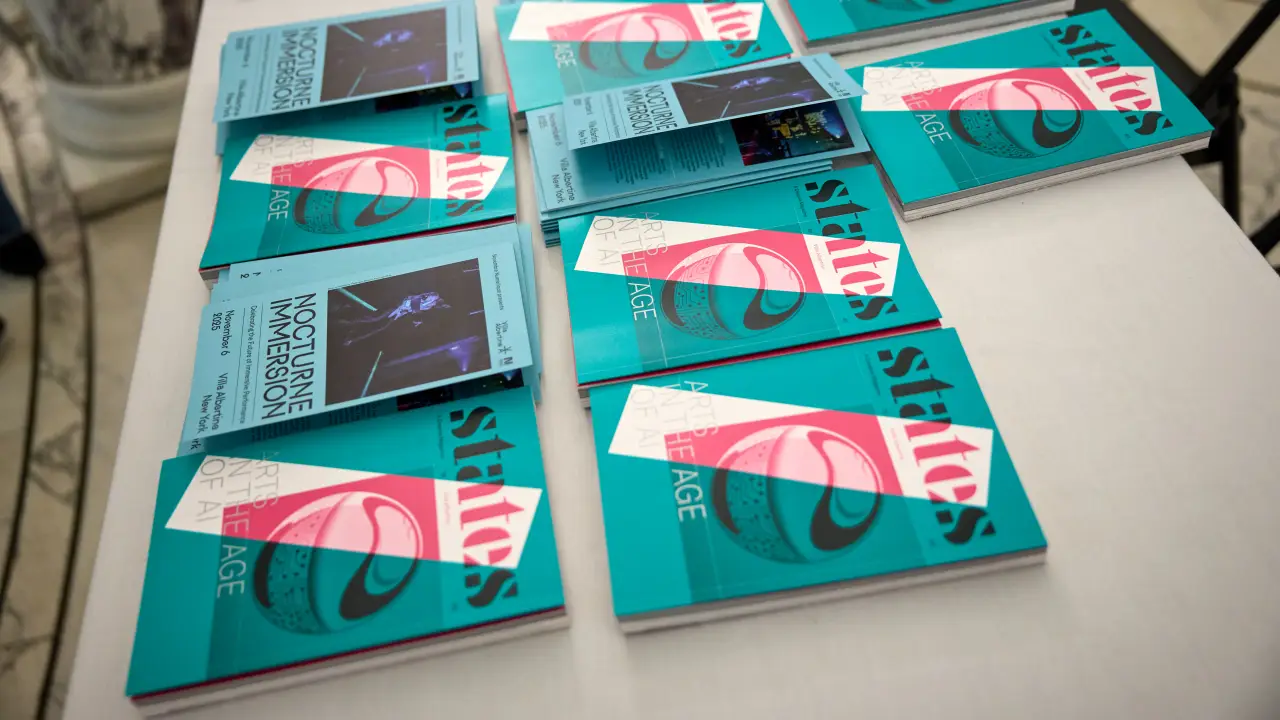
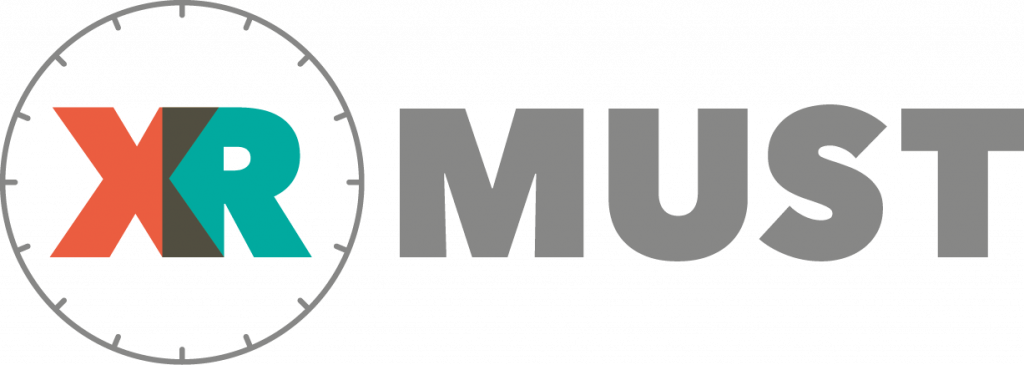
Leave a Reply
You must be logged in to post a comment.